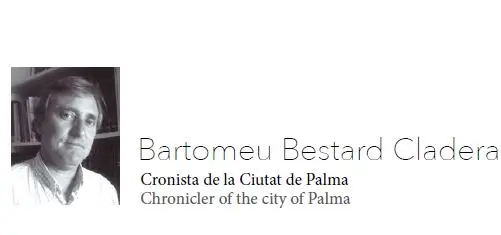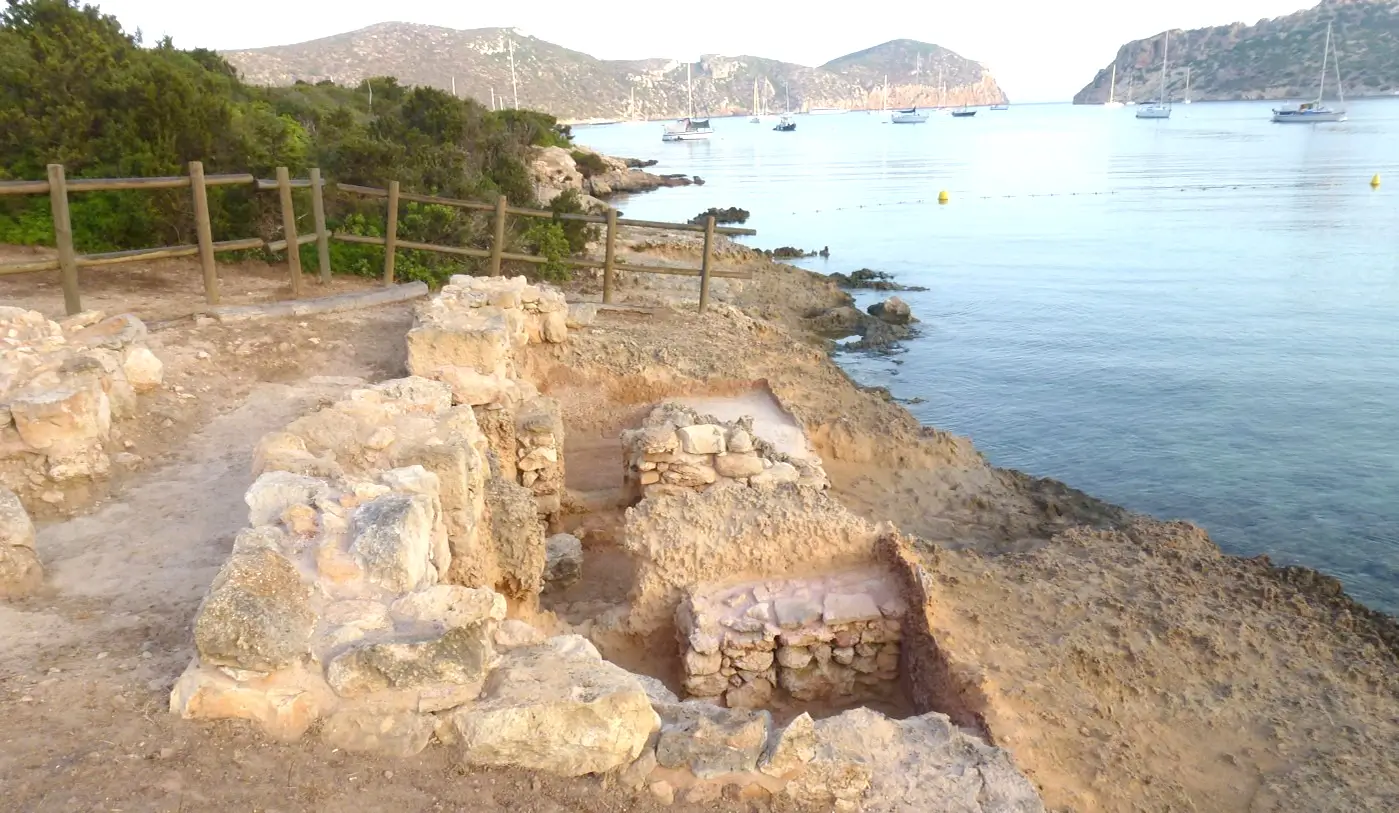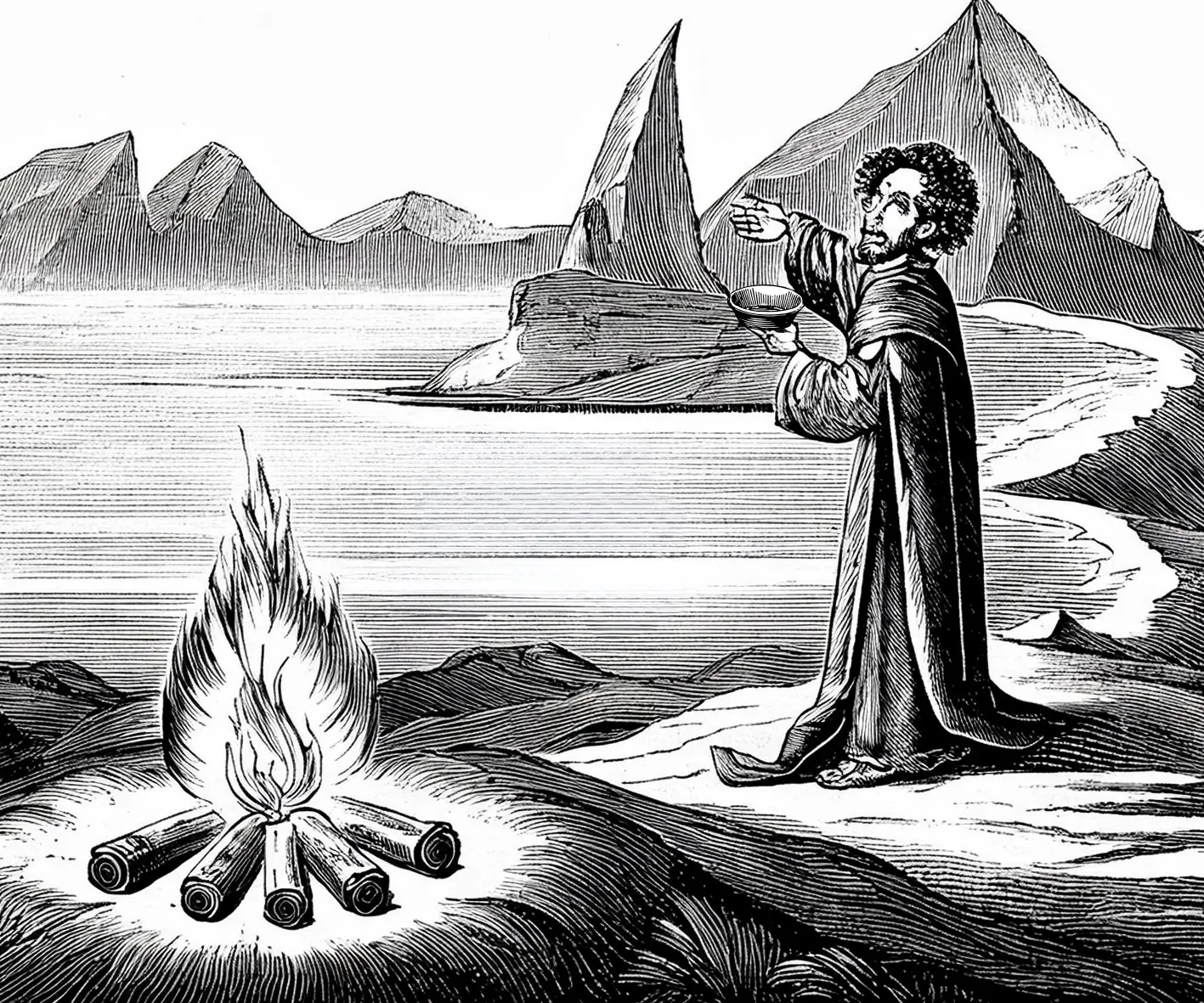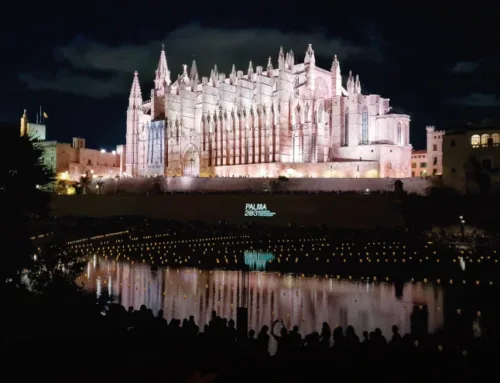 Since 1999, Palma City Council – with some participation from the Ministry of Culture – has been subsidising a series of archaeological surveys. And I say Palma Town Hall because, although it may surprise some, the Cabrera archipelago belongs to the municipality of Palma.
Since 1999, Palma City Council – with some participation from the Ministry of Culture – has been subsidising a series of archaeological surveys. And I say Palma Town Hall because, although it may surprise some, the Cabrera archipelago belongs to the municipality of Palma.
As a result of these excavations, a series of publications have emerged, coordinated by the archaeologist Mateu Riera, in which a surprising fact is revealed. It turns out that a coenobite community settled on some of the Cabrera islands between the 5th and 7th centuries AD, which gave Cabrera one of its most interesting periods.

Restos arqueológicos del cenobio encontrado en Cabrera.
While the discovery took historians by surprise, it is also true that it came as no surprise to discover that hermits settled on small islands in the western Mediterranean. In fact, the tradition of man entering the desert, or other inhospitable places, in order to exercise his asceticism goes back thousands of years. The same was true of some of the early Christians. St. John the Baptist, for example, lived in the desert eating honey and locusts. Of the lives of these anchorites we have virtually no news. Only a few are known to us. Traditionally in Mallorca there has been a great devotion to some of them: Saint Anthony (†356) or Saint Martin (†397), for example. Saint Ambrose wrote a dithyramb about the custom of going to live on deserted islands: “the islands of the Mediterranean, shattered by the hand of God on the waves like pearls on a necklace, exert a powerful seduction on lovers of solitude, become an asylum of continence and devotion, and resound with the chant of monks”.
It is therefore not so strange that archaeologists have found the remains of one of these ascetic communities “spread out on the waves” on Cabrera. Although the excavation and research is far from being completed, a number of results have been obtained: a significant human occupation of the islands of Cabrera and Conejera has been confirmed, mainly between the 5th and 7th centuries AD, which would correspond to the presence of hermits or cenobites. It also seems that these inhabitants had a purple workshop, dating from the 5th century, similar to those found in the Pitiüses and North Africa. At the same time, some basins excavated in the natural rock have also been discovered which formed part of a salting factory, although it has not yet been possible to determine what products were made there. This factory would also be related to the religious community. With all these results, we can think that the hermits took advantage of Cabrera’s strategic location to offer their products and thus obtain others that could not be found on the island. This is what Riera insinuates: “This archipelago [of Cabrera], apparently far from everywhere, is located at a key point in the main navigation routes that crossed the Mediterranean in antiquity”.

Recreación realizada con IA de un monje realizando experimentos.
But it seems that such commercial activities were ultimately detrimental to the community of anchorites. Their lives were derailed to such an extent that the pope himself had to take them to task. So much so that the only written document that refers to this community is a letter of the supreme pontiff Gregory I, dated 603, which shows that he sent an intercessor to urge the religious to get their monastic life back on track: “Wherever the gravity of faults calls for the application of canon law, it is necessary that we do not put aside that which is to be corrected, lest, by turning a blind eye, we give strength to depraved actions which, so we find, we must reap with the sickle of discipline. For news has reached us that the monks of the monastery which is on the island of Cabrera, situated near Mallorca, act in such a perverse manner and have subjected their lives to various crimes, that they manifest that, rather than serving God, they fight, and we say this weeping, on behalf of the ancient enemy. You, backed by the authority that these letters give you, go to the aforementioned monastery […] whatever you find that must be uprooted you must correct by imposing the corresponding penalties […] Your way of correcting must serve both to bring the monks back to the path of good monastic life, and because you are in no way guilty of anything in our eyes”.
We do not know the details of how the affair ended, but we do know that the emissary must not have had much luck, as the community of Cabrera disappeared in the same century.








Leave A Comment